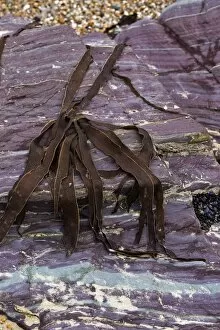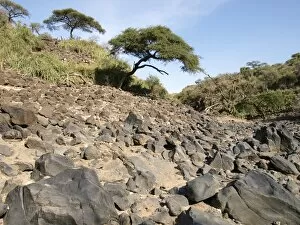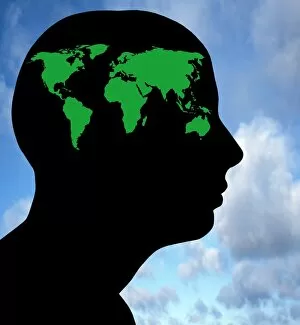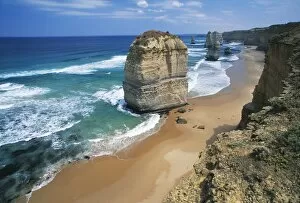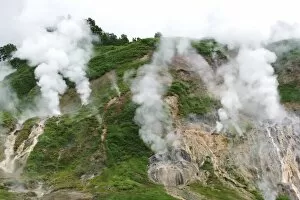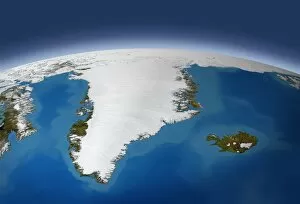Earth Sciences Collection (page 5)
"Exploring the Wonders of Earth Sciences: From Aurora over Antarctica to Ancient Fossils and Beyond
All Professionally Made to Order for Quick Shipping
"Exploring the Wonders of Earth Sciences: From Aurora over Antarctica to Ancient Fossils and Beyond. " Witnessing Nature's Light Show: Behold the mesmerizing Aurora over Antarctica, a celestial spectacle that illuminates the polar skies with vibrant colors. Unveiling Earth's Hidden Secrets: Satellite images reveal the intricate dance of tectonic plates beneath our feet, shaping continents and giving rise to majestic mountain ranges. The Mighty Ocean Currents: Off the Americas, powerful ocean currents flow relentlessly, influencing climate patterns and supporting diverse marine ecosystems. Nikolay Urvantsev - Pioneering Soviet Geologist: Celebrating the contributions of Nikolay Urvantsev, whose groundbreaking research expanded our understanding of Earth's geological history. Alvin Submersible - Exploring Deep Waters: With its silver body and precise control arms, Alvin has enabled scientists to delve into unexplored depths, unraveling mysteries hidden beneath the ocean surface. Journey through Time at Olduvai Gorge: Step into Tanzania's Olduvai Gorge landscape (C015 / 6429), where ancient fossils provide invaluable insights into human evolution and early civilizations. Wilkins Ice Shelf - A Fragile Beauty in Antarctica: Marvel at the breathtaking expanse of Wilkins Ice Shelf in Antarctica—a reminder of our planet's delicate balance amidst changing climates. Coral Reefs - Nature's Colorful Masterpieces: Dive into a world teeming with life as you encounter vibrant multi-textured coral clusters—an awe-inspiring testament to Earth's biodiversity. Traces from Outer Space: Discover a fragment of an iron meteorite—evidence that celestial bodies have long played a role in shaping our planet’s geology and evolution. Prehistoric Battles Unearthed.


